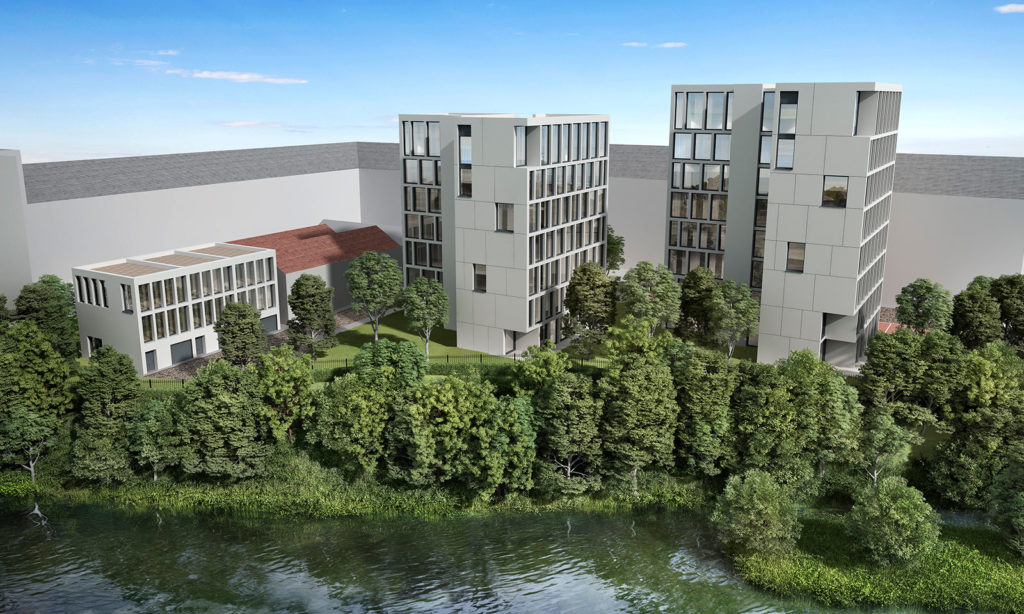As we approach the start of a new decade, the need to preserve our planet has become a topic of conversation around the world. In this latest Insight, Queensberry Properties’ consider how housebuilders can play a key role in creating developments which give a home to nature, as well as to people.
“The landmark Blue Planet 2 series may have acted as a tipping point for change, but it did more than simply raise awareness of plastic’s harmful impact or the risks of global warming. It also demonstrated how irresponsible human actions are stripping away natural habitats on a global scale, horribly exemplified by the devastation being inflicted on the Amazon rainforest.
“However, it’s encouraging to note that around the world, renewed efforts are being made to give nature a home, even in urban areas. And that applies right here in Scotland, too.
“We may benefit from some of the world’s most spectacular natural scenery, but our towns and cities unsurprisingly prioritise people over the natural world. The only plant life along some traditional tenement streets comes from window boxes and plant pots.
The right to roam
“Housebuilders are increasingly acknowledging the crucial role they can play in adding natural habitats to urban sites. It’s not uncommon to visit a new estate and find hedging surrounding front gardens and communal lawns, with small mammals and insects usually quick to take advantage. Landscaped roof terraces attract butterflies and birds, while accessible rooftops provide an ideal environment for beehives and bird/bug/bat boxes.
“Hedging in fact, represents a uniquely effective way to support natural ecosystems. A row of mature copper beech or Portuguese laurel bushes looks appealing in any residential environment. According to a recent report by The Global Centre for Clean Air Research, hedges are even better than trees at stealthily absorbing gaseous pollutants. Indeed, a healthy hedge can cut black carbon by up to 63 percent, improving air quality in areas with high traffic volumes. Conversely, polluted air will deter many species from taking up residence nearby. When the air is clear, hedges become home to numerous species of insects and birds, as well as small animals like hedgehogs. And once one species moves in, others tend to follow.
Working with nature
“Queensberry Properties recognises the importance of adding or preserving natural habitats at our sites. For instance, the Edinburgh St James development will have a blend of trees and shrubs on its roof, providing residents with attractive green surroundings several floors above the New Town hustle and bustle. Our forthcoming Otago Lane development overlooking the River Kelvin in Glasgow’s west end, will be purposefully set back from the river’s edge to ensure that a substantial and bio-diverse ‘green corridor’ is maintained, while back in the capital, residents at our new Bonnington Mill development will benefit from an open space on the riverbank offering a landscaped amenity area to maximise the tranquil surroundings.
“New ways of incorporating the natural environment into residential developments are constantly emerging. Vertical gardens in taller buildings provide space for small trees to grow on each storey, creating a spectacular overgrown appearance while ensuring every resident enjoys leafy aspects. Pitched roofs can be covered with waterproof membranes before soil and turf are laid on top; these ‘green roofs’ improve air quality, as well as offering outstanding insulation. It’s even possible to buy bricks with multiple holes bored into them, designed to shelter insects and tiny animals or birds.
“Adding these features into new developments will surely become more important with every passing year, as we collectively look to improve the balance between people and nature”.

